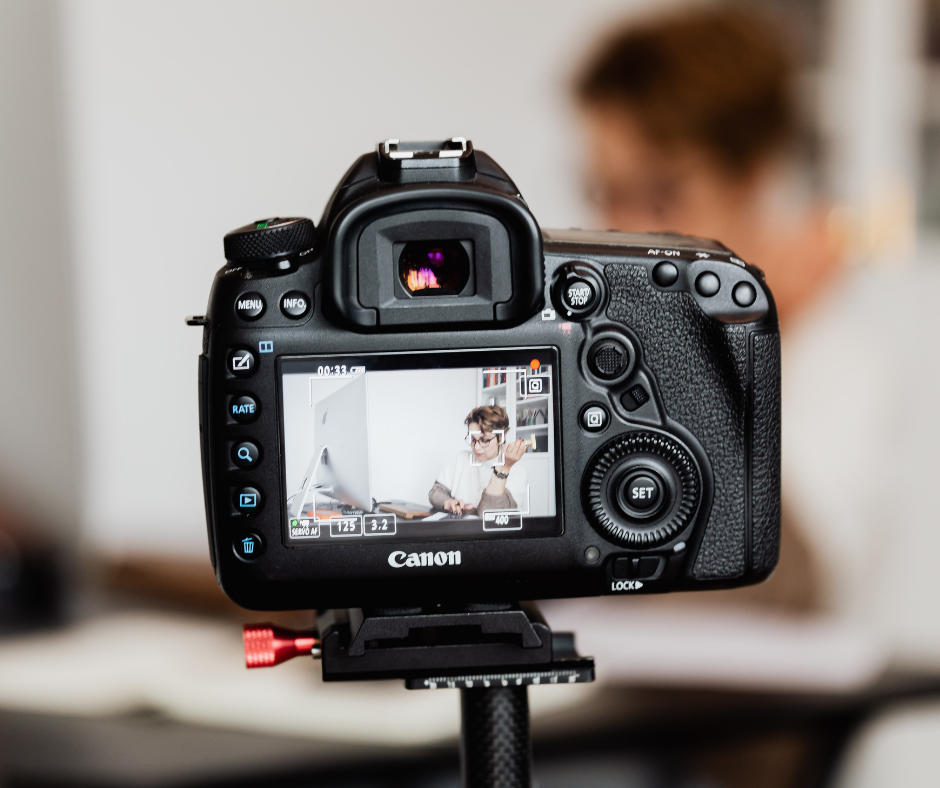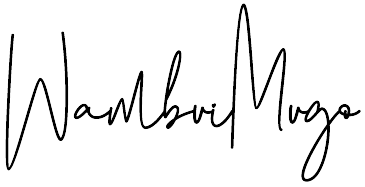How to Craft Video Copy

Stop chasing clients. Start attracting them. In the fiercely competitive freelance landscape, video is your unfair advantage. This post delivers practical, actionable strategies for crafting video copy that converts, transforming your content from a marketing afterthought into a powerful client-acquisition engine.
Forget generic tips; we’re diving deep into the art of creating video scripts that resonate, engage, and deliver tangible results – boosting your income and freeing you from the constant client hunt.
Crafting Compelling Video Scripts That Convert
Creating a video script that simply looks good isn’t enough. You need a script that works, grabs attention, tells a compelling story, and ultimately, converts viewers into clients. Let’s break down the major elements:
Audience Analysis
Knowing your audience isn’t just about age and location; it’s about understanding their deepest desires, frustrations, and aspirations. Simple demographics only scratch the surface. To craft truly resonant video copy, you need to create detailed buyer personas. Think of these as fictional representations of your ideal client, complete with:
- Demographics: Age, location, gender, occupation, income level, etc.
- Psychographics: Values, interests, lifestyle, attitudes, opinions, and motivations. What keeps them up at night? What are their biggest goals?
- Online behavior: Where do they spend their time online? What kind of content do they consume? What social media platforms do they use?
Tools like Google Analytics, social media insights, and even competitor analysis can provide valuable data to inform your buyer personas. Once you’ve developed a clear understanding of your ideal client, you can tailor your video copy to speak directly to their needs and desires, using language they understand and addressing their specific pain points. For example, if you’re a freelance web developer targeting small businesses, your video might focus on the challenges of managing an outdated website, directly addressing their concerns and showcasing how your services offer a solution.
Hook, Line, and Sinker
The first few seconds are critical. You need a hook that instantly captures attention and compels viewers to keep watching. Consider these powerful techniques:
- Problem/solution: Start by highlighting a common problem your target audience faces and immediately present your solution. Example: “Tired of juggling multiple social media platforms and seeing zero results? Let me show you a simpler, more effective strategy.”
- Intriguing question: Pose a question that sparks curiosity and compels viewers to find the answer in your video. Example: “What if I told you there’s a secret to landing high-paying freelance clients without endless cold pitching?”
- Shocking statistic: Use a surprising statistic to grab attention and highlight the urgency of your message. Example: “90% of businesses fail within the first year. Don’t let yours be one of them. Here’s how to build a resilient brand.”
- Compelling visual: A striking visual, combined with a strong opening line, can be incredibly effective.
Remember, your opening needs to be concise, clear, and engaging. Avoid jargon and unnecessary detail. Get straight to the point and make your viewers want more.
The Narrative Arc
While concise, your video isn’t just a list of facts; it’s a story. Even a short video benefits from a clear narrative arc:
- Setup: Introduce the problem or challenge your audience faces.
- Confrontation: Showcase the struggle or the difficulty in overcoming the problem.
- Resolution: Present your solution and show how it helps the audience overcome their challenges.
This structure provides a clear path for viewers to follow, making your message more engaging and memorable. Think of it like a mini-movie with a beginning, a rising conflict, and a satisfying resolution. This keeps the viewer invested and receptive to your call to action.
Call to Action (CTA)
Your CTA is the culmination of your efforts. It’s the moment you guide viewers to take the desired action. This isn’t just about slapping “Subscribe!” at the end. Make it compelling and clear:
- Be specific: Instead of “Learn more,” say “Download your free guide now.”
- Create urgency: Use phrases like “Limited time offer” or “Don’t miss out.”
- Use strong action verbs: “Get started today,” “Claim your spot,” and “Book your consultation.”
- Repeat your CTA: Include it multiple times throughout the video for maximum impact.
- A/B Test: Experiment with different CTAs to see what works best.
A weak CTA can negate all your hard work. Make it count.
Visual Storytelling
Your video copy is only half the battle. The visuals are equally important. They should complement your script, not compete with it. Work with a video editor to ensure your visuals:

- Enhance your message: Use visuals that illustrate key points and evoke emotion.
- Maintain viewer engagement: Keep things visually interesting to prevent viewers from losing focus.
- Reinforce your brand: Maintain consistent branding throughout the video.
The synergy between your video copy and visuals is what creates a truly compelling and memorable video experience.
Optimizing for Search Engines (SEO)
Don’t neglect SEO! Even your videos need to be discoverable. This involves:
- Keyword research: Use tools like Ahrefs, SEMrush, or Google Keyword Planner to identify relevant keywords.
- Metadata optimization: Craft compelling titles, descriptions, and tags that include your keywords.
- Closed captions and transcripts: Make your videos accessible and improve searchability.
Embedding on your website: Increase your website’s SEO and user engagement by embedding your videos strategically.
Optimizing your videos for search engines will expand your reach and attract more potential clients organically.
Key Performance Indicators (KPIs): What to Track
It’s important to go beyond simple view counts and focus on metrics that directly correlate with your business goals. These KPIs might include:
- Views: Total number of views the video receives. While vanity metrics, it is still useful to track.
- Watch time: Average length of time viewers spend watching your video. Higher watch time suggests greater engagement.
- Engagement: Likes, comments, shares, and other interactions indicating audience interest.
- Click-through rate (CTR): Percentage of viewers who click on a call to action within the video (e.g., visiting your website, scheduling a consultation).
- Conversion rate: Percentage of viewers who complete a desired action, such as making a purchase or signing up for a newsletter. This is crucial for understanding ROI.
- Audience retention: Tracking where viewers drop off in your video can reveal areas for improvement in your content or pacing. Platforms like YouTube Analytics offer detailed retention graphs.
- Social shares: The number of times your video is shared on social media, indicating how effectively it resonates with your audience.
The Bottom Line
So, you’ve learned the secrets to crafting killer video copy. You’re armed with the knowledge to create videos that convert. But here’s the real challenge: Will you do it? Will you overcome the inertia, the self-doubt, the fear of putting yourself out there? Because the truth is, the most successful freelancers aren’t just skilled; they’re courageous. They take action. They embrace the uncertainty. Are you ready to join them?
Stop dreaming about a successful freelance career. Start building it. The information is here. The tools are at your disposal. The only thing missing is your commitment. Join the Freelance Mastery Hub, and let’s turn your vision into reality. Your future self will thank you.











